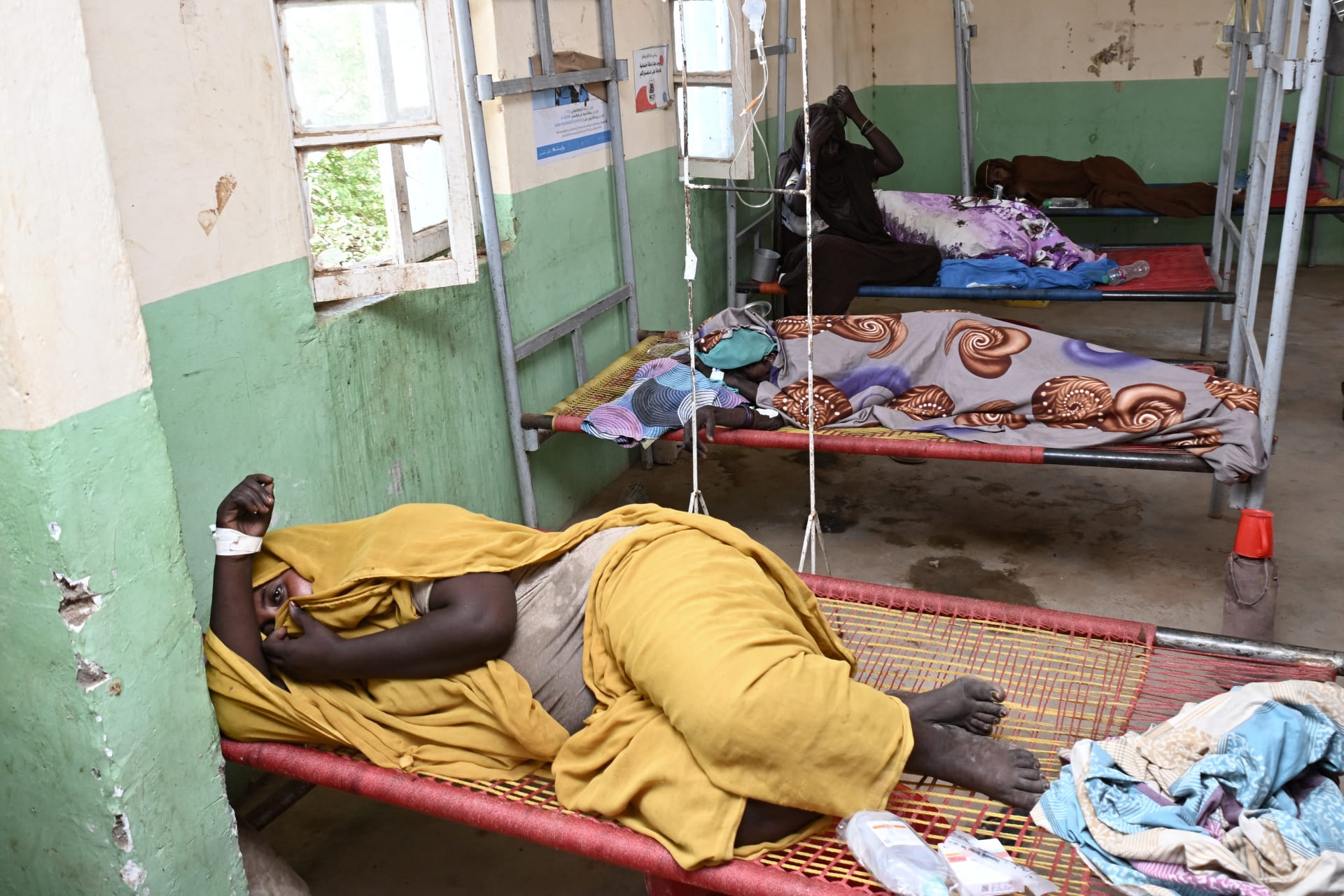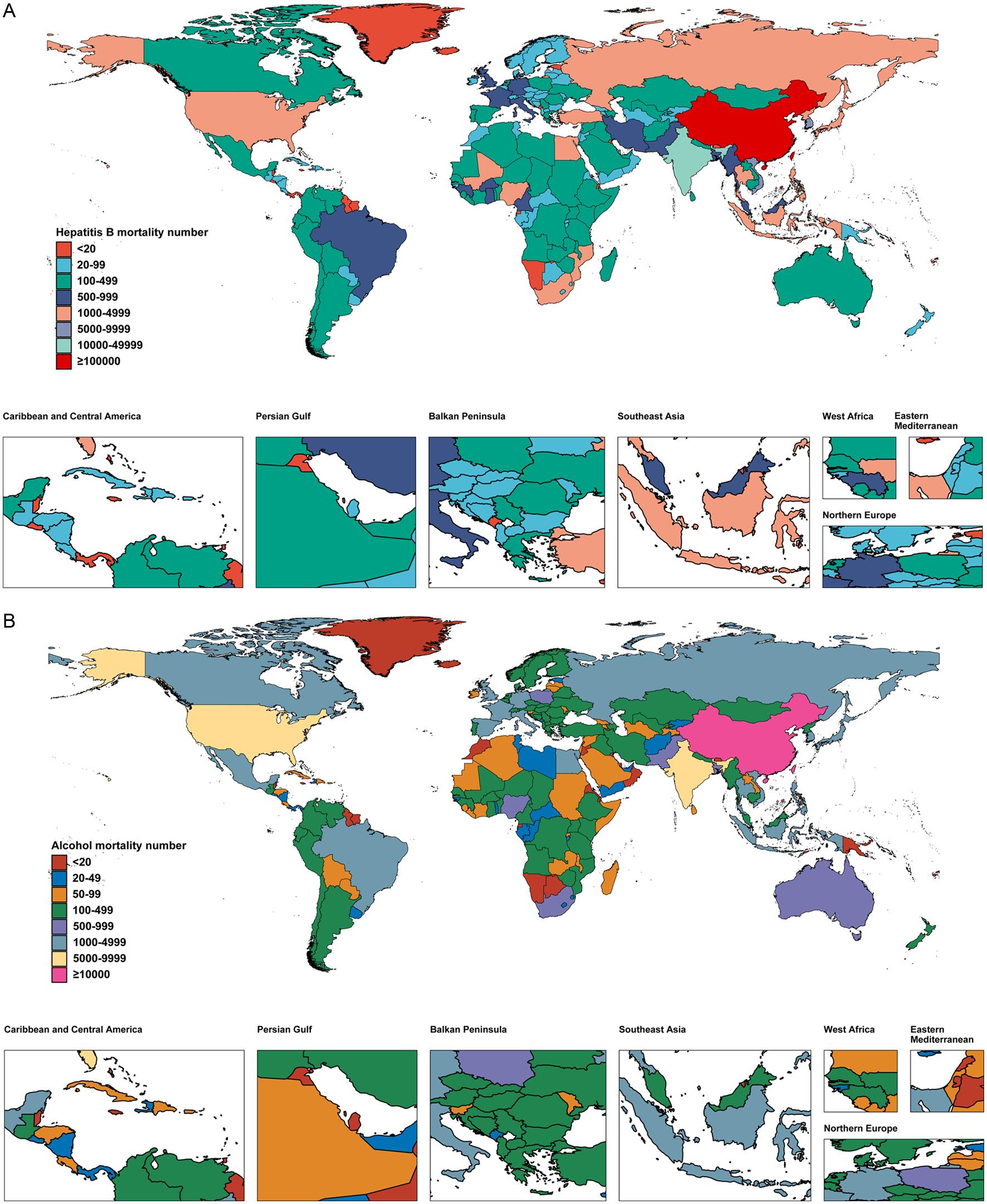Boston’s Mass and Cass plan a failure, admits top Wu official amid complaints of ‘out-of-control’ drug use – Boston Herald

Report on the Challenges and Responses to the Open-Air Drug Market at Mass and Cass, Boston
Introduction
A senior official from the Wu administration has acknowledged the failure of Boston’s current strategy to address the open-air drug market at Mass and Cass. This admission follows numerous complaints from residents about the uncontrolled spillover of drug-related issues into surrounding neighborhoods. The situation raises significant concerns related to several Sustainable Development Goals (SDGs), including Good Health and Well-being (SDG 3), Sustainable Cities and Communities (SDG 11), and Reduced Inequalities (SDG 10).
Background and Current Situation
Boston Public Health Commissioner Bisola Ojikutu publicly admitted the shortcomings of the city’s plan during a community meeting involving South End, Roxbury, and Newmarket residents. The plan, initiated in late 2023 with the removal of tent encampments, has not achieved the desired outcomes.
- Mayor Michelle Wu’s revamped strategy, announced in February 2025, aimed to curb homelessness and congregate drug use.
- Despite efforts, disorder has shifted locations, worsening conditions in Mass and Cass and spreading to the Southwest Corridor and Peters Park.
- The working group highlighted that disorder will continue to increase unless effectively addressed.
Health and Sanitation Challenges
The Boston Public Health Commission has recorded a 38% reduction in overdose deaths, indicating some progress toward SDG 3. However, challenges persist:
- Increase in public health concerns such as human waste on streets, leading to 410 cleanup requests in fiscal year 2025, primarily in South End and Newmarket.
- Efforts to provide shelter remain a core response, with 650 individuals sheltered nightly and 94 permanently housed in the past year.
- Despite these efforts, residents report daily confrontations with aggressive drug users, discarded needles, and public defecation, negatively impacting community well-being and safety.
Community Response and Calls for Change
Residents and neighborhood leaders have expressed frustration, emphasizing the need for tangible improvements rather than statistics or incremental changes. Key points include:
- Jonathan Alves, president of the Blackstone Franklin Square Neighborhood Association, described the conditions as “inhumane” for all affected parties.
- Repeated calls for zero tolerance toward open-air drug use and needle litter.
- Demand for a paradigm shift in addressing the crisis, aligning with SDG 16 (Peace, Justice, and Strong Institutions) by advocating for effective governance and community safety.
Official Admission and Subsequent Clarifications
Commissioner Ojikutu admitted the failure of current measures but later clarified that the city’s efforts have saved lives and that the crisis predates the current administration. This nuanced position reflects the complexity of the issue and the need for sustained, multi-sectoral interventions.
Proposed Solutions and Political Perspectives
Community members and officials have proposed the following:
- Recover Boston: A community-led addiction recovery campus proposed as an interim solution until the Long Island Bridge and a permanent 35-acre recovery campus can be rebuilt.
- Calls from City Councilor John FitzGerald and State Representative John Moran for the Wu administration to reevaluate strategies and seek increased state funding and partnerships.
- Advocacy for a comprehensive, coordinated approach involving city and state agencies to address substance use disorder effectively, supporting SDG 17 (Partnerships for the Goals).
Mayor’s Office Response
The mayor’s office has indicated plans to enhance police enforcement and strengthen collaborations with state and service providers to transition individuals into recovery programs. The administration emphasizes:
- Zero tolerance for open substance use in Boston.
- Progress made in establishing a service pipeline from shelter to permanent supportive housing.
- Elimination of permanent tent encampments through legislation and coordinated services.
- Ongoing efforts to close loopholes and develop a public health recovery campus.
Alignment with Sustainable Development Goals
The challenges and responses at Mass and Cass intersect with multiple SDGs:
- SDG 3 (Good Health and Well-being): Addressing overdose deaths, addiction treatment, and public health sanitation.
- SDG 10 (Reduced Inequalities): Supporting vulnerable populations affected by homelessness and substance use disorder.
- SDG 11 (Sustainable Cities and Communities): Enhancing urban safety, sanitation, and housing stability.
- SDG 16 (Peace, Justice, and Strong Institutions): Strengthening law enforcement and community trust.
- SDG 17 (Partnerships for the Goals): Encouraging collaboration between city, state, and community stakeholders.
Conclusion
The ongoing crisis at Mass and Cass highlights the complexity of urban drug epidemics and the critical need for integrated, sustainable solutions aligned with the Sustainable Development Goals. The city’s current approach has faced significant challenges, prompting calls for bold, innovative strategies and enhanced partnerships to ensure health, safety, and dignity for all residents.
1. Sustainable Development Goals (SDGs) Addressed or Connected
- SDG 3: Good Health and Well-being
- Focus on combating substance abuse, reducing overdose deaths, and improving public health services.
- SDG 11: Sustainable Cities and Communities
- Addressing urban challenges such as homelessness, public safety, and sanitation in neighborhoods affected by drug use.
- SDG 16: Peace, Justice and Strong Institutions
- Enhancing law enforcement and public safety to reduce open-air drug markets and related disorder.
- SDG 1: No Poverty
- Efforts to shelter homeless people and provide permanent housing.
2. Specific Targets Under Those SDGs Identified
- SDG 3: Good Health and Well-being
- Target 3.5: Strengthen the prevention and treatment of substance abuse, including narcotic drug abuse and harmful use of alcohol.
- Target 3.4: Reduce premature mortality from non-communicable diseases through prevention and treatment and promote mental health and well-being.
- SDG 11: Sustainable Cities and Communities
- Target 11.1: Ensure access for all to adequate, safe and affordable housing and basic services and upgrade slums.
- Target 11.6: Reduce the adverse per capita environmental impact of cities, including by paying special attention to air quality and municipal and other waste management.
- SDG 16: Peace, Justice and Strong Institutions
- Target 16.1: Significantly reduce all forms of violence and related death rates everywhere.
- Target 16.3: Promote the rule of law at the national and international levels and ensure equal access to justice for all.
- SDG 1: No Poverty
- Target 1.4: Ensure that all men and women, in particular the poor and vulnerable, have equal rights to economic resources, as well as access to basic services, ownership and control over land and other forms of property.
3. Indicators Mentioned or Implied to Measure Progress
- Reduction in Overdose Deaths
- The article mentions a 38% reduction in overdose deaths, which aligns with measuring progress under SDG 3.5.
- Number of People Sheltered and Housed
- 650 people sheltered each night and 94 people permanently housed last year; 453 guests at low-threshold shelters in 2024.
- This data can be used to track progress on SDG 11.1 and SDG 1.4.
- Human Waste Cleanup Requests
- 410 human waste cleanups responded to in fiscal year 2025, indicating environmental sanitation efforts under SDG 11.6.
- Police Enforcement and Public Safety Measures
- Plans to increase police enforcement and resources to reduce open substance use and related disorder, relevant to SDG 16.1 and 16.3.
- Community Perception and Reports
- Resident complaints and calls to 911 about aggressive addicts, discarded needles, and drug interactions serve as qualitative indicators of community safety and well-being.
4. Table of SDGs, Targets and Indicators
| SDGs | Targets | Indicators |
|---|---|---|
| SDG 3: Good Health and Well-being |
|
|
| SDG 11: Sustainable Cities and Communities |
|
|
| SDG 16: Peace, Justice and Strong Institutions |
|
|
| SDG 1: No Poverty |
|
|
Source: bostonherald.com

What is Your Reaction?
 Like
0
Like
0
 Dislike
0
Dislike
0
 Love
0
Love
0
 Funny
0
Funny
0
 Angry
0
Angry
0
 Sad
0
Sad
0
 Wow
0
Wow
0














































































